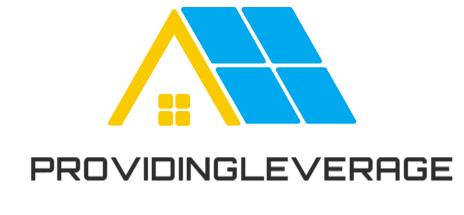In the ever – evolving digital landscape, the terminal has long been a steadfast companion for developers, system administrators, and tech enthusiasts. Yet, as technology marches forward, the quest for a “modern” terminal setup has emerged as a complex and often frustrating journey. What exactly does it mean to have a modern terminal experience, and why is it so challenging to achieve?
A modern terminal experience is a multifaceted concept, a delicate balance of functionality, aesthetics, and convenience. For me, it encompasses several key elements. Multiline support for copy and paste is a must – have. There’s nothing more nerve – wracking than pasting multiple commands into the shell, only to have them execute all at once, potentially wreaking havoc on your system. Infinite shell history is another crucial aspect. Every command I run should be saved indefinitely, and not just tucked away after a measly 500 or 2000 entries. A useful prompt, one that displays my current directory and the active git branch, serves as my trusty guide in the vast expanse of the file system.
24 – bit color support is a game – changer, especially when it comes to customizing my text editor, neovim. The ability to seamlessly integrate the clipboard between different applications, such as Firefox and vim, adds a layer of fluidity to my workflow. Good autocomplete, especially for commands like git, saves me precious time, while having colors in the ls command makes navigating directories a more visually appealing experience. A terminal theme that pleases the eye and matches my text editor’s theme creates a harmonious environment, and automatic terminal fixing ensures that any rogue escape codes don’t throw my terminal into disarray. Keybindings that work as expected and the ability to use the scroll wheel in applications like less are the icing on the cake.
Achieving this utopia of a terminal setup is no walk in the park. My approach has been a slow and steady evolution. I’ve chosen the fish shell as my weapon of choice, making only a few essential tweaks, like setting the EDITOR environment variable and aliasing ls to display colors. I opt for a terminal emulator with 24 – bit color support, not being overly picky about the specific application as long as it meets this requirement. Neovim, with its configuration that I’ve painstakingly built over the years, is my text editor of choice, and I rely on the base16 framework to tie everything together thematically.
However, not everyone has the luxury of time or the inclination to go through this extensive configuration process. For those seeking a more straightforward path to a modern terminal experience, there are some “out of the box” options. For the shell, fish or zsh with oh – my – zsh are popular choices. When it comes to terminal emulators, there’s a plethora of options available, from GNOME Terminal and iTerm to cross – platform gems like kitty and alacritty. As for text editors, micro and helix offer a promising alternative, with their intuitive interfaces and out – of – the – box functionality.
But the road to a modern terminal setup is fraught with obstacles. The shell itself poses a significant challenge. Bash and zsh, the two titans of the shell world, don’t offer a default experience that’s immediately satisfying. Customizing the prompt, setting up git completions, and increasing the history limit are all necessary steps, but they add up, especially when you need to keep your config in sync across multiple systems. Even fish, with all its charm, has its drawbacks, as its non – POSIX nature can be a barrier for some users.
The text editor is another battleground. Vim and emacs require a significant investment of time and effort to configure to your liking, while nano offers a more limited experience. Micro and helix, although promising, are still relatively new on the scene and may come with their own set of issues. And then there are the individual applications, each with its own quirks and idiosyncrasies. Fixing a simple issue like getting the Ctrl+Left Arrow shortcut to work in sqlite3 can turn into a multi – step process, involving research, workarounds, and environment adjustments.
What makes the terminal configuration process even more challenging is the interconnectedness of everything. Changing one small aspect of your setup can have a cascading effect on other components. For example, deciding to use tmux can lead to a whole host of changes, from clipboard synchronization to color management. And remembering which features you rely on can be a Herculean task, as what works seamlessly today may break tomorrow with a seemingly innocuous change.
In the end, crafting a modern terminal setup is a personal journey, a continuous process of trial and error. It’s not about finding the perfect configuration that works for everyone, but rather about discovering what works best for you. It may take years to get to a point where you’re truly satisfied with your setup, and even then, new tools and technologies will emerge, challenging you to adapt and evolve. But for those who are willing to put in the effort, the rewards of a well – configured, modern terminal are well worth it, offering a seamless, efficient, and enjoyable computing experience.




